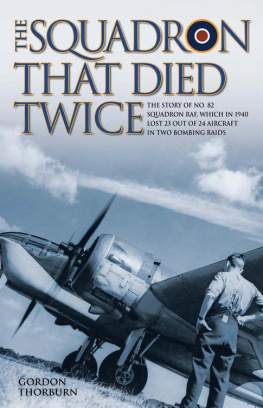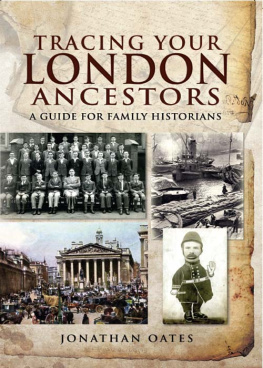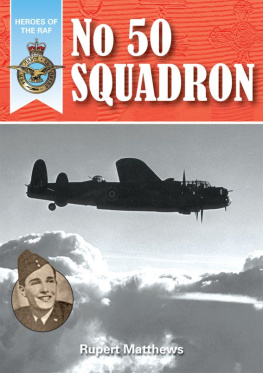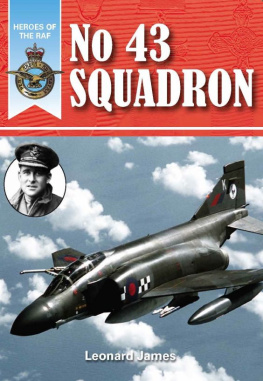
First published in Great Britain in 2014 by
PEN AND SWORD AVIATION
an imprint of
Pen and Sword Books Ltd
47 Church Street
Barnsley
South Yorkshire S70 2AS
Copyright Gordon Thorburn, 2014
ISBN 978 1 78303 634 9
eISBN 9781473838413
The right of Gordon Thorburn to be identified
as the author of this work has been asserted by him in accordance
with the Copyright, Designs and Patents Act 1988.
.
A CIP record for this book is available from the British Library.
All rights reserved. no part of this book may be reproduced or transmitted in any form or by any means, electronic or mechanical including photocopying, recording or by any information storage and retrieval system, without permission from the Publisher in writing.
Printed and bound in England by
CPI Group (UK) Ltd, Croydon, CR0 4YY
Typeset in Times new roman by
Chic Graphics
Pen & Sword Books Ltd incorporates the imprints of Pen & Sword Aviation, Pen & Sword Family History, Pen & Sword Maritime, Pen & Sword Military, Pen & Sword Discovery, Wharncliffe Local History, Wharncliffe True Crime, Wharncliffe Transport, Pen & Sword Select, Pen & Sword Military Classics, Leo Cooper, Remember When, The Praetorian Press, Seaforth Publishing and Frontline Publishing
For a complete list of Pen and Sword titles please contact
Pen and Sword Books Limited
47 Church Street, Barnsley, South Yorkshire, S70 2AS, England
E-mail: enquiries@pen-and-sword.co.uk
Website: www.pen-and-sword.co.uk
Contents
Foreword
This book is about a Squadron of the Royal Flying Corps and Royal Air Force. Not just my squadron but the senior bomber squadron of the Royal Air Force and the squadron in the history of the Royal Air Force with more battle honours than any other.
The history captured by Gordon Thorburn is not about politics, machines and the context of world war, Empire or, latterly, conflicts of choice. It is about people. The author brings this out well; particularly in the context of the Second World War where the official motto Per noctem volamus , and the unofficial one Theres always bloody something applied in equal measure.
The jet age is littered with firsts for IX(B) Squadron, the B for Bomber being awarded rarely by King Edward VIII. The firsts from 1945 to 2014 demonstrate the same courage, strength in adversity, pluck and determination as in world wars.
My own links with the Squadron span thirty-two years as a junior navigator on IX(B) as the first Tornado squadron, to Squadron Commander on operations in the Middle East 1994 to 1996, and as President of the IX(B) Squadron Association from 2002 to 2014. In my view there is another book, yet to be written, on the context and complexities of IX(B) Squadron in the Tornado era. But that is for the future. This book is the story of the thousands of men and women, air crew, ground crew, support staff and families who constitute the story of this famous squadron. I commend it to anyone interested in history and the human story of warfare in the last hundred years.
Air Chief Marshal Sir Stuart Peach KCB, CBE
Deputy Chief of the Defence Staff
February 2014
Preface:
The Origins of Bombing
Hitting the right building
The Italian air force dropped hand-grenades in 1911 during a colonial war in Libya, flying over ground that would become familiar to IX Squadron crews a century later. The first self-detonating bomb to be dropped in anger, designed by an officer in the Bulgarian army, Lieutenant Simeon Petrov, was deployed on 16 October 1912 near Adrianople (modern Edirne, Turkey), in the Balkan war against the ottomans.
For the British at the start of the First world war, bombing had not progressed beyond dropping the occasional grenade or Molotov-style cocktail should the occasion arise. Targeted, long-distance bombing missions were not really thought about until an inspirational raid by men of the Royal Naval Air Service (RNAS). After a failed attempt on 22 September, two RNAS Sopwith Tabloids set off from Antwerp, one for Cologne, one for Dsseldorf, on 8 October 1914.
The Tabloid had been built in 1913 for the civilian market, as the aerial equivalent of a sports car. It could do 90mph, far more than standard service aircraft. The RNAS pilots were in the single-seater version, flying alone right into the Fatherland with no more protection than their service revolvers. Lieutenant Reginald Marix headed for Dsseldorf. Here is an eye-witness report:
It was a splendid feat he took the Germans by surprise. The soldiers seeing the hostile aircraft high up in the air shot at it continually until suddenly the aeroplane started to glide lower and lower; the people were mad with joy and shouted hurrah. The soldiers got ready to catch the aeroplane as it fell when suddenly from a height of between 100 and 200 metres the airman threw several bombs, one of which reached its goal the Zeppelin shed, in which there was the air-cruiser, the pride of Dsseldorf, which had received orders to join the army in France that afternoon. In spite of my being a good distance away, I heard the explosion, the smoke whirling high into the air, and I saw the airman escape in the common confusion.
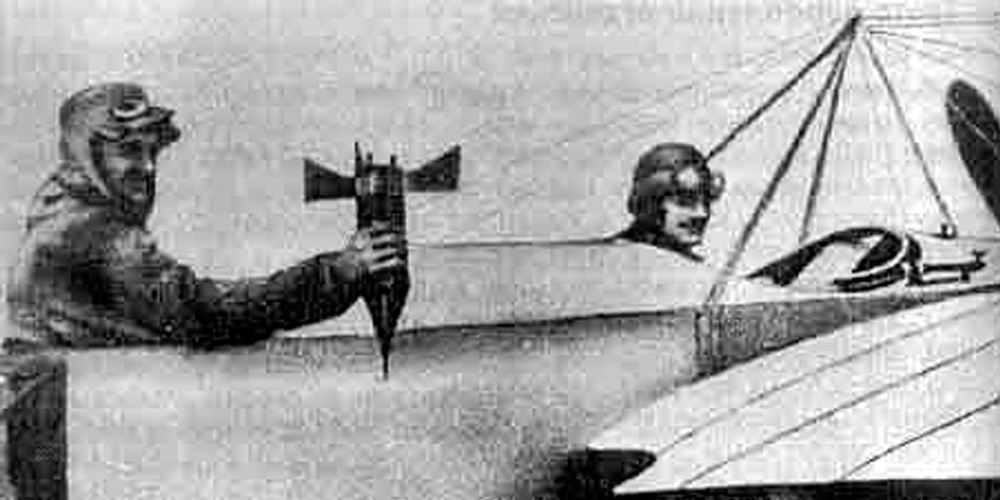
A Bulgarian officer, possibly Lieutenant Petrov, in 1912 displays an example of the first working, purpose-made bomb to be dropped in anger. In a photograph taken after the war, we can see what bombing did to Essen, mainly in 1943. Empty shells and rubble are all that remain; everything was the right building .

The German papers next day reported Zeppelin shed slightly damaged and failed to mention the four army officers killed or the heap of ashes that was the remains of airship Zeppelin Z9.
While Marixs aircraft was being hit five times by rifle shots and mitrailleuse (multi-barrelled machine gun), he dropped two 20-pounders by hand from less than 600ft and changed the military outlook on bombing. As The Times said, under the headline The value of bomb-dropping: There has always been a little uncertainty about the value of bomb-dropping, for although it seemed possible that buildings might be set alight with incendiary explosives, it was another matter to make sure of hitting the right building. The naval pilots have now shown at Dsseldorf that this is possible.
The Admiralty pointed out that in the event of further bombs being dropped into Antwerp and other Belgian towns, measures of reprisal can certainly be adopted, if desired, to almost any extent. They also said that The feat would appear to be in every respect remarkable, having regard to the distance over a hundred miles penetrated into country held by the enemy.
The Times added a footnote: Demand for air risk insurance. There was again a very large amount of insurance effected in London yesterday against the risks of damage by aircraft and bombs and shells thrown therefrom; and underwriters hardened their rates. A premium of 2s 6d per cent is now regarded as the minimum.
Acknowledgements
With special thanks to Air Commodore Spike Milligan and Squadron Leader Richard James for help with assembling the facts, and to Terry Lintin for photographs. I am grateful to all members of IX Squadron, past and present, who have contributed to the book.


